The four-limbed staff pose can be a physically challenging pose for beginners. Below we have divided the whole practice into four parts.
Part 1 - Preparatory Poses for Chaturanga Dandasana
Before starting the practice, warm up with some static stretching like arm stretches, forward bending, and neck rotations.
Once you can feel tight muscles opening and blood circulating throughout your body, you can then start with below mentioned preparatory poses:
1. Forearm Plank Pose - Inhale as you engage your core and hold your body in a horizontal line. As the name suggests, you have to balance your entire body on your forearms and toes in this pose.
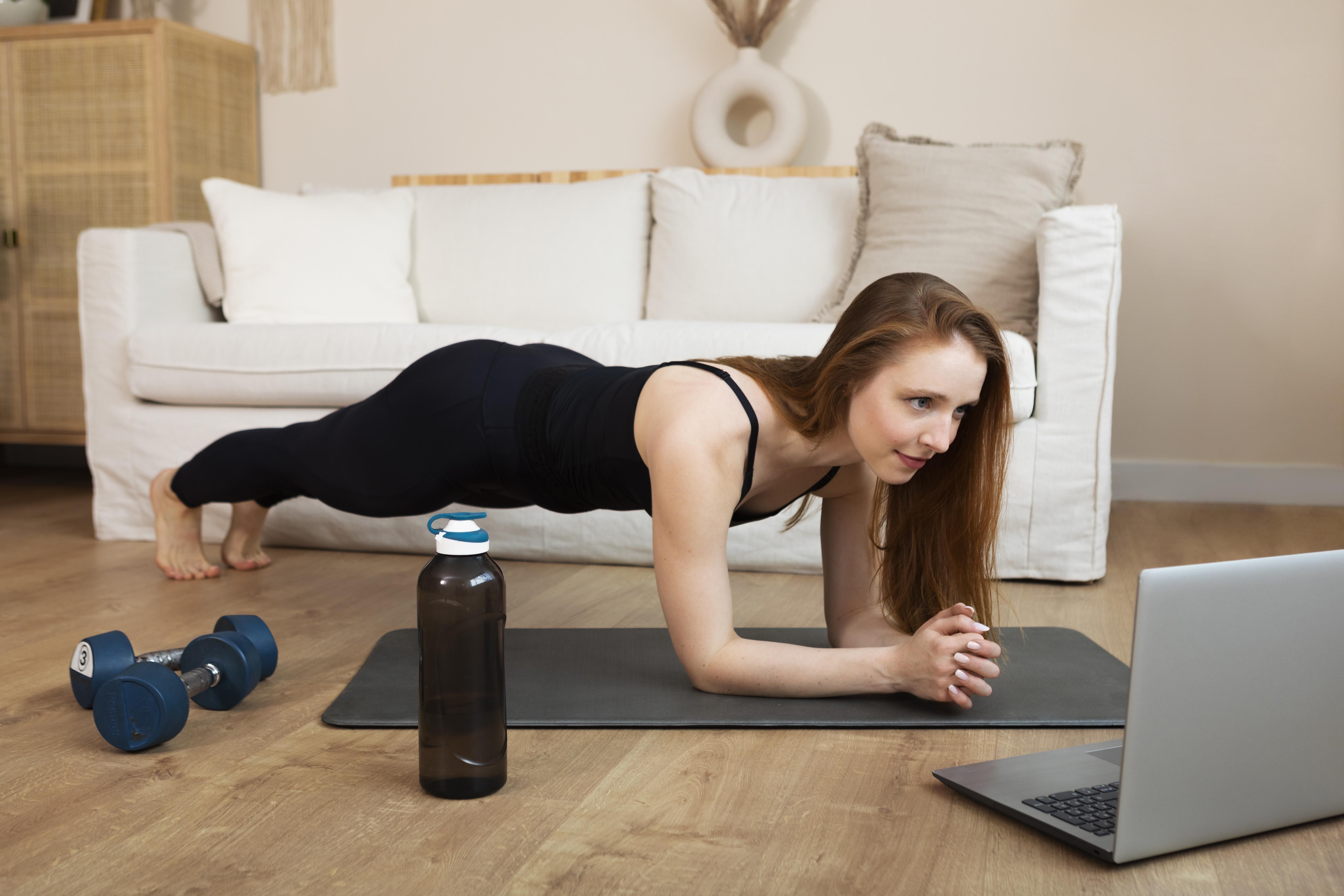
Hold this pose for 1 to 3 minutes for complete core and upper body activation. This pose is suitable for those who feel their shoulders and core are too weak for the Chaturanga Dandasana pose.
2. Utthita Chaturanga Dandasana (High Plank Pose) - This pose is the best way to intensify resistance in your arms and core. Try moving from the low plank to the full arms plank variation.
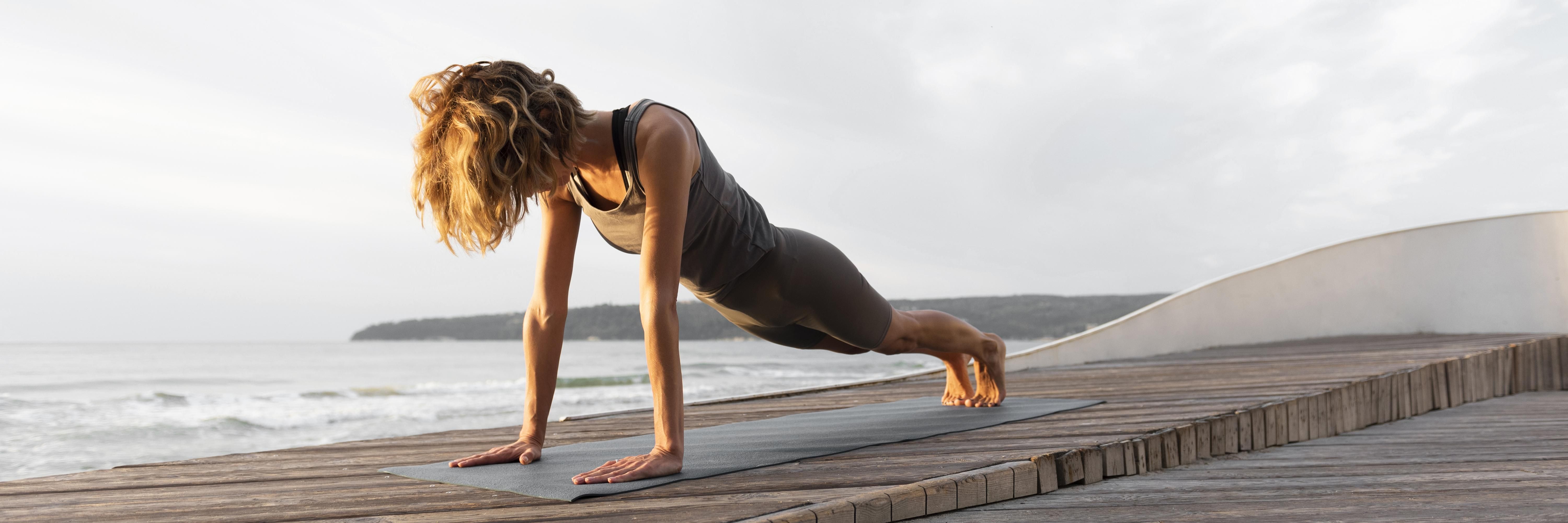
Inhale and lift your elbows from the ground. Now, keep your arms straight but try not to lock your elbows. Hold your body on your toes and palms for 1 to 3 minutes.
3. Bhujangasana (Cobra Pose) - Inhale and move from Plank pose into a Cobra backbend. Exhale deeply, and hold the Cobra pose for 3 to 5 minutes.
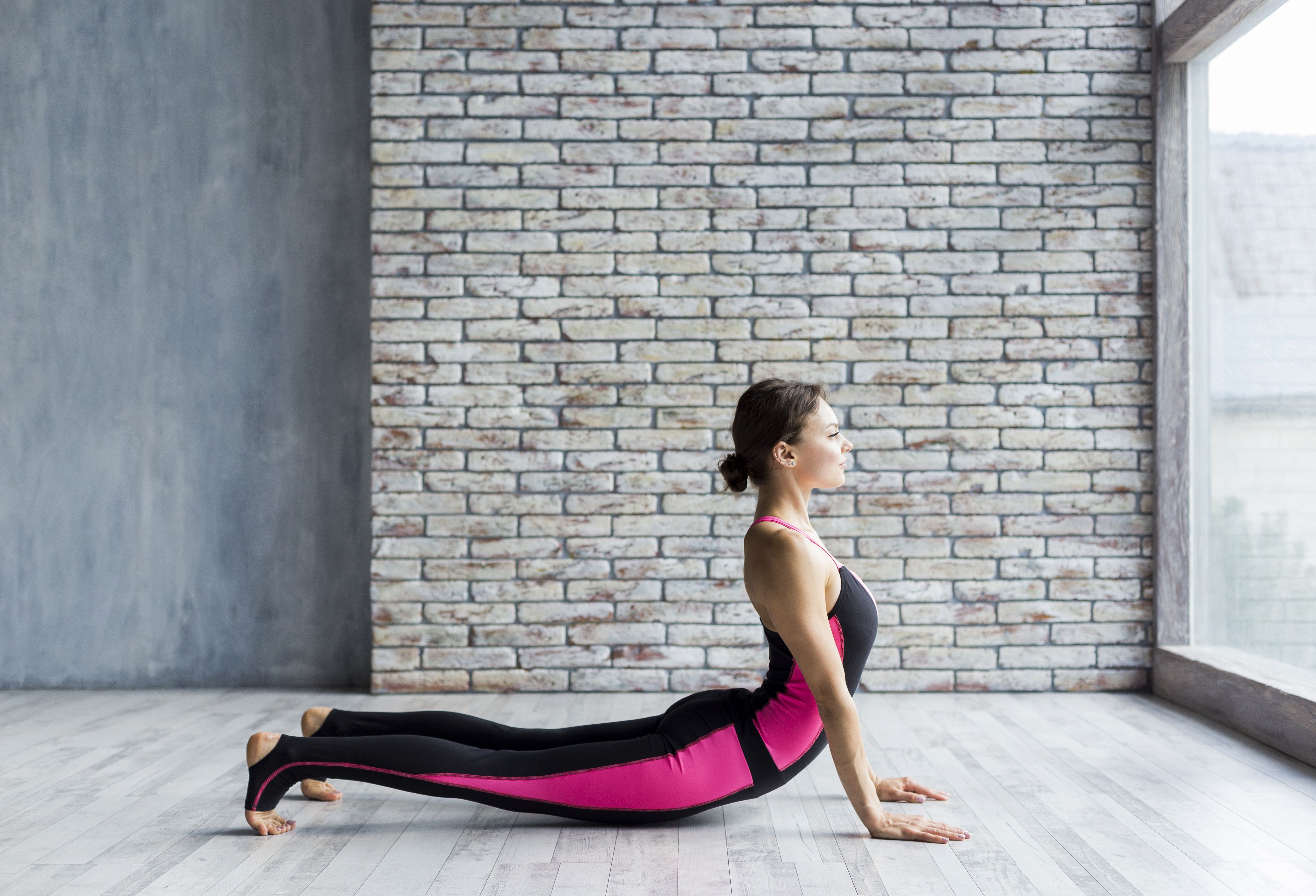
This pose will help increase blood circulation in your lower back, shoulders, neck, and spine to avoid unnecessary pain or injury.
Part 2: Step-by-Step Instructions to Perform Chaturanga Dandasana
The following are steps to practice the Four-Limbed Staff pose:
Step 1- Place your hands and knees flat on the mat, with your toes curled toward your knees and your wrists aligned with your shoulders.
Step 2- Lift your knees off the ground and extend your legs behind you one at a time until your legs are straight.
Step 3- Keep your neck, spine, and glutes straight in a line. Also, ensure your core is tight and your elbows are close to your chest.
Step 4- Pull your shoulder blades together. Bend the elbows and lower your body until your upper arms align with your torso.
Step 5- Hold this position for 3 to 5 full breaths here. Then release the pose by either getting into an Upward-Facing Dog Pose or Reverse Corpse Pose to relax your body.
Breath Awareness:
Inhale as you engage your arms, core, shoulders, and legs.
Exhale as you lower your upper body close to the ground.
Performance Duration for Beginners: Hold the Chaturanga Dandasana for 30-60 seconds.
Performance Duration for Advanced: Hold the Chaturanga Dandasana for 1 to 5 minutes.
Part 3: Things to Keep in Mind
Safely executing yoga asanas is the essential goal of every new yogi. Here are a few ways to keep your posture safe and well-aligned:
Learn the difference between engaging and locking: Engagement of muscles will help you find your actual strength with which you can hold the Chaturanga Dandasana for longer lengths of time.
Many people lock their joints while engaging the muscles – this can cause joint stress and pain. So, make sure to keep a slight bend in all of your joints even when every muscle is tight in your body.
Part 4: Relaxing Poses After Chaturanga Dandasana
Your arms, shoulder, and spine will require some relaxation after practicing Chaturanga Dandasana. Here are a few counter-poses you can try:
1. Purvottanasana (Reverse Plank Pose) - This pose will counteract all the effects of the Low Plank pose by stretching pectoralis minor, pectoralis major, and anterior deltoids.
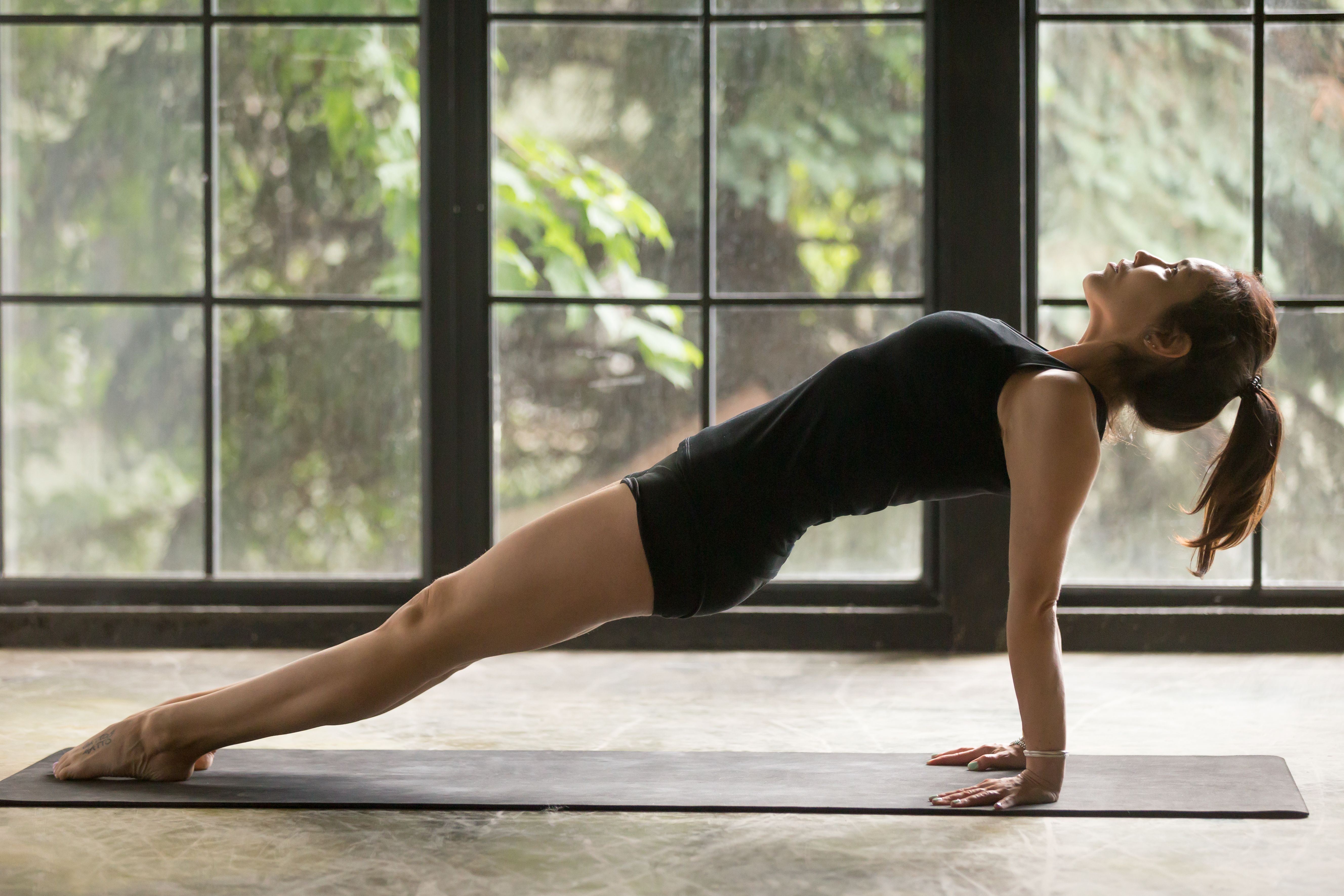
Hold your body in this stance for 1 to 2 minutes and release, returning to the Seated Staff pose.
2. Urdhva Mukha Svanasana (Upward-Facing Dog Pose) - From Chaturanga Dandasana, you can straighten up into the Upward Dog pose. Traditionally, your body only balances on your palms and toes, but during relaxation, you can modify this pose by keeping your legs on the ground.
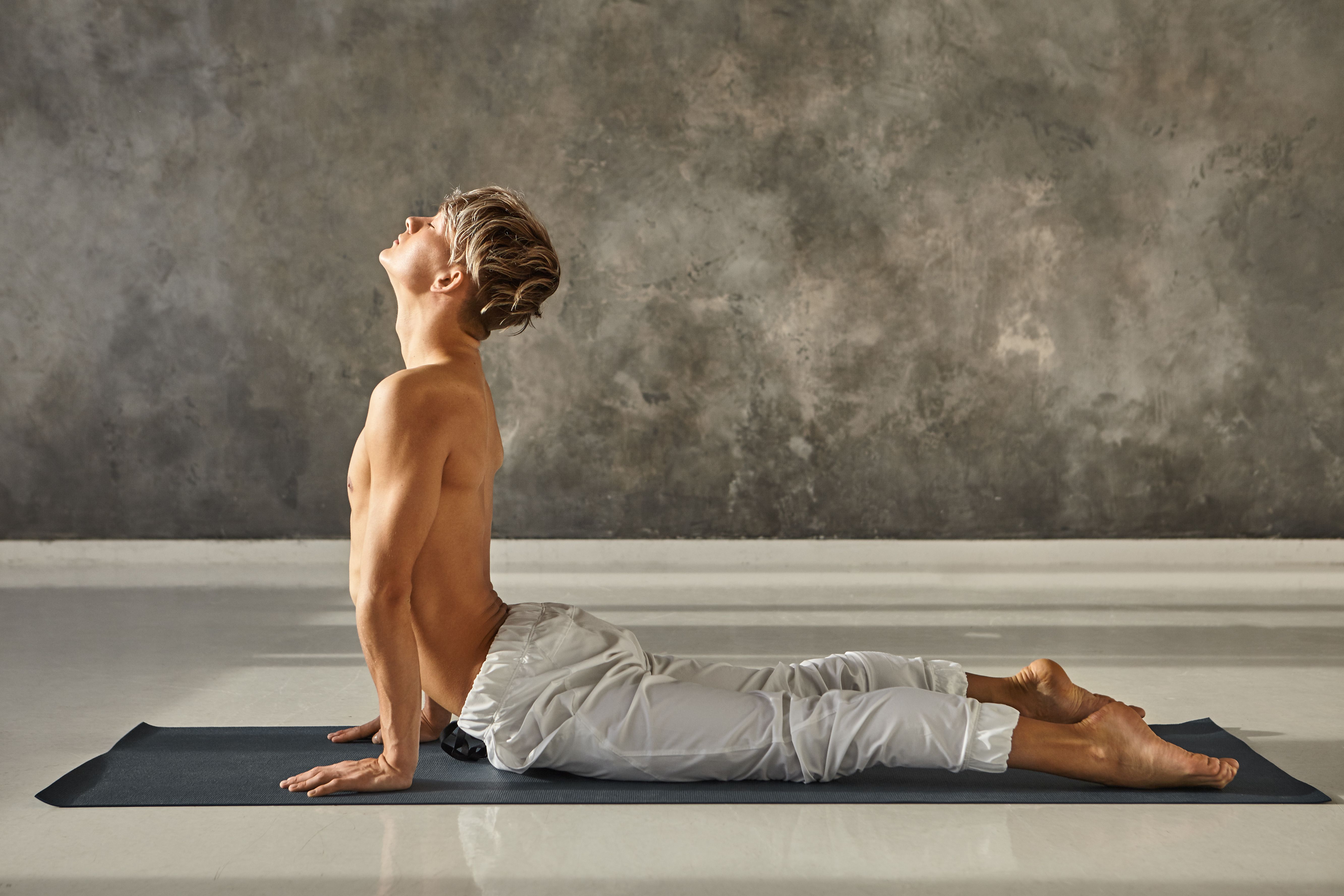
Take a deep breath, stretch your neck upwards, and slightly drop it at the back. This is a backbend posture, which will stretch and relax your spine, tailbone, neck, shoulders, and lower back. Hold this for 1 to 2 minutes.
3. Adho Mukha Svanasana (Downward-Facing Dog Pose) - Continue moving from the Upward Dog pose into the Downward Facing Dog pose. With this pose, you can relax any leftover tension in your shoulders, spine, chest, arms, and legs.
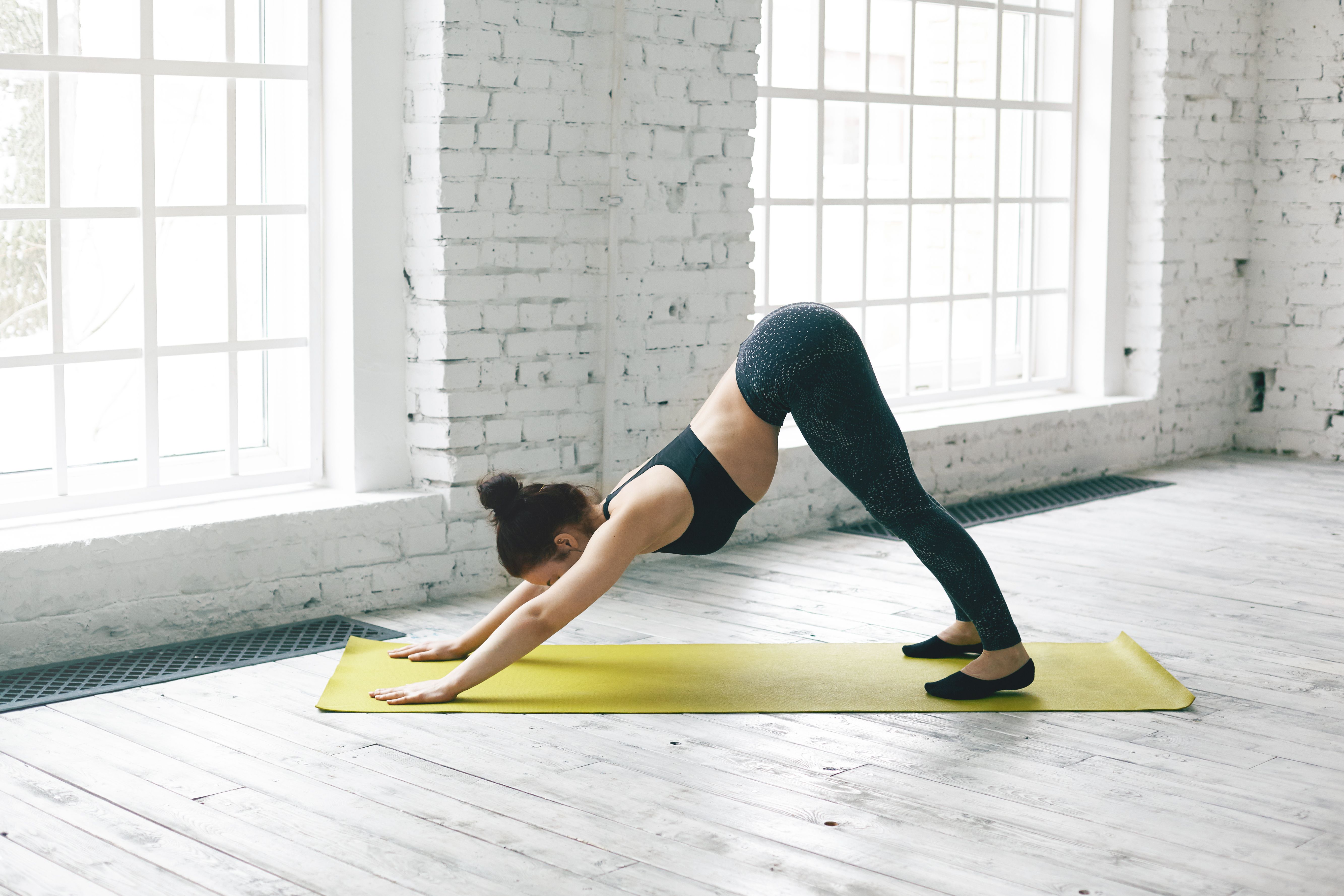
Hold this for as long as your body feels comfortable, and all the tension in your body is completely released.








